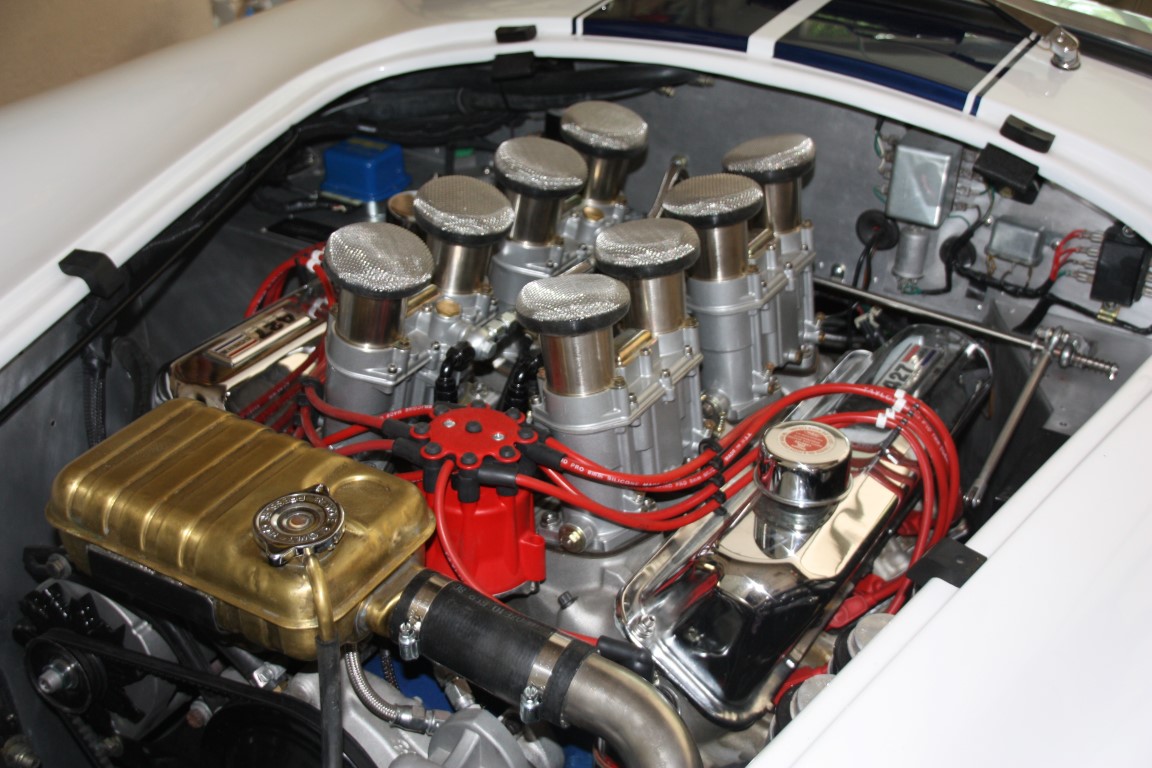Either system, Weber or Injection will require a change in the typical fuel system, they operate at different ends of the spectrum than the typical four-barrel carburetor
Weber's
The design of the fuel floats in a Weber carburetor require the fuel pressure be regulated between 2-1/2 to 4 PSI. This requires the use of a fuel pressure regulator as most electric pumps put out far in excess of this. Un-regulated, the fuel pressure will cause the needle to unseat and raise the fuel level, sometimes to the point of overflowing the vents.
There are in-expensive fuel regulators which will work in this range, however they are prone to failure. I have experienced better life and reliability using Aeromotive regulators however they are pricey. Again, you get what you pay for.
With either option, you must return excess fuel to the tank. This requires running a 2nd line of the same size as your main fuel line, from the regulator back to the tank. These systems will not operate properly with non-return style pumps.
Injection Systems
The modern fuel injection systems have been in operation since the 90’s and there is a broad choice of fuel system components.
- Typically, the fuel pump will be mounted in the fuel tank and must be capable of producing 40-60psi. The size of the pump is dictated by the horsepower produced. Each vendor has an application table to help you select the proper size. In the typical, normally-aspirated cobra engine (400-600 HP), a fuel pump in the range of 280-340 liters/hr is adequate.
- Filtration – it is recommended to have a 10 micron filter between the fuel pump and the injection system. Particles large than this can be found in the fuel system and will clog an injector if allowed to get that far.
- Pressure regulation – systems typically run between 40-50psi and a return port is required for proper operation.
- Fuel hose: Hard line from the tank to the engine compartment is recommended. Connections from there to the engine and the throttle bodies requires the use of non-permeable hose. Teflon/steel braid or some specialized rubber hoses will meet this requirement. There is pressure rated hose that does not have the ‘permiablility’ requirement and you will experience fuel smell in your garage if it is used. Don’t ‘cheap-out’
- The typical arrangement has a single line that ‘Y’s to two lines at the throttle bodies leading to the pressure regulator then a return line back to the pump.
- Safety switch – it is highly recommended the system incorporate an “inertia switch” in the fuel pump circuit. This switch will disconnect power to the pump in case of roll-over or impact. You never know when it may be needed.




